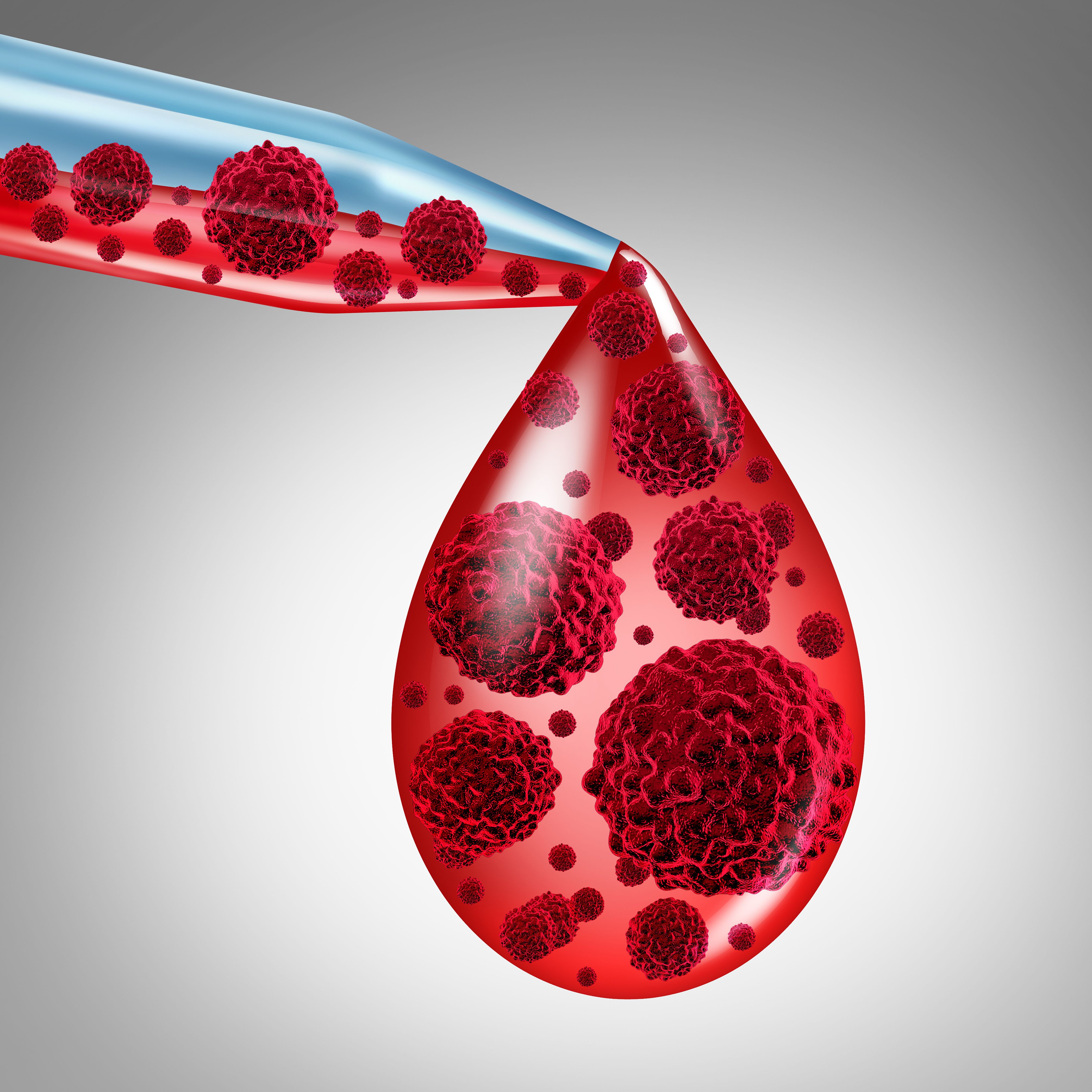Concurrent Statin Use With Treatment Improves Survival in CLL/SLL
Univariate and multivariate analyses showed no significant association between statin use and grade 3 or higher toxicities in patients with CLL or SLL.
Baseline statin users experienced a 2-year OS probability of 89% vs 82% for non-users, and the respective 2-year PFS rates were 54% vs 46%.

Concurrent statin use with contemporary treatment regimens significantly improved survival outcomes in patients with treatment-naïve or relapsed/refractory chronic lymphocytic leukemia (CLL) or small lymphocytic lymphoma (SLL), according to results from a pooled analysis of 4 randomized controlled trials published in Blood Advances.1
A univariate analysis of the pooled patient data from the phase 3 RESONATE trial (NCT01578707), the phase 3 RESONATE-2 trial (NCT01722487), the phase 3 iLLUMINATE trial (NCT02264574), and the phase 3 HELIOS trial (NCT01611090) showed that statin use was significantly associated with improved overall survival (OS; HR, 0.68; 95% CI, 0.54-0.86; P = .001) and progression-free survival (PFS; HR, 0.77; 95% CI, 0.65-0.91; P = .002) outcomes. Additionally, a multivariate analysis adjusting for variables including diagnosis, age, sex, weight, and ECOG performance status showed that statin use was still shown to be significantly associated with improved OS (HR, 0.62; 95% CI, 0.48-0.79; P < .001) and PFS (HR, 0.74; 95% CI, 0.62-0.89; P = .001) outcomes.
Furthermore, baseline statin users experienced a 2-year OS probability of 89% (95% CI, 86%-92%) vs 82% (95% CI, 79%-84%) for non-users. The 2-year PFS rates were 54% (95% CI, 49%-60%) vs 46% (95% CI, 42%-50%) in the respective groups. Additionally, no heterogeneity was observed with association between ibrutinib (Imbruvica) use vs non-use, CLL vs SLL diagnosis, and study cohorts, suggesting a generally consistent association of statin use with improved survival.
“This is the first systematic evaluation of the association of statin use with survival outcomes in patients with CLL or SLL who have been treated with contemporary targeted agents such as ibrutinib,” principal investigator Ahmad Abuhelwa, PhD, an assistant professor of Pharmacy Practice and Pharmacotherapeutics at the University of Sharjah in the United Arab Emirates, said in a news release on the study results.2 “Our results highlight a strong link between statin use and improved survival in this patient population.”
Patients across trials were 18 years and older with CLL or SLL and received 420 mg of daily oral ibrutinib, with regimens varying across trials. RESONATE compared ibrutinib to ofatumumab (Kesimpta), which was given intravenously over 24 weeks. The week 1 dose was 300 mg, 2000 mg was given weekly for 7 weeks, and then was given every 4 weeks for 16 weeks.
The RESONATE-2 trial compared ibrutinib to chlorambucil (Leukeran), which was given on days 1 and 15 of 28-day cycles, starting with 0.5 mg/kg and increasing to a maximum of 0.8 mg/kg. The iLLUMINATE trial gave ibrutinib with obinutuzumab (Gazyva), which was administered at 100 mg on day 1, 900 mg on day 2, 1000 mg on days 8 and 15, and then 1000 mg on day 1 of subsequent 28-day cycles for a maximum of 6 cycles; this was compared to obinutuzumab/chlorambucil. The HELIOS trial combined ibrutinib with bendamustine (Treanda), which was given at 70 mg/m2 intravenously on days 2 and 3 of the initial cycle and days 1 and 2 of subsequent cycles for up to 6 cycles; and rituximab (Rituxan), which was given at 375 mg/m2 on day 1 of cycle 1, and then 500 mg/m2 on day 1 of up to 5 additional cycles.
The primary outcomes of the pooled analysis were OS, PFS, and cancer-specific survival. A secondary outcome was the incidence of grade 3 or higher adverse effects (AEs).
Statin use was significantly associated with improved cancer-specific survival outcomes in both the univariate analysis (HR, 0.44; 95% CI, 0.27-0.72; P = .001) and multivariate analysis (HR, 0.39; 95% CI, 0.22-0.70; P = .001). Additionally, there was no significant association between statin use and the incidence of grade 3 or higher AEs in the univariate analysis (OR, 0.93; 95% CI, 0.69-1.24) and adjusted analysis (OR, 0.92; 95% CI, 0.65-1.28).
References
- Abuhelwa AY, Almansour SA, Brown J. Statin use and survival in SLL/CLL treated with ibrutinib: pooled analysis of four randomized controlled trials. Blood Advances. Published online April 23, 2025. doi:10.1182/bloodadvances.2024015287
- Statin use may improve survival in patients with some blood cancers. News release. American Society of Hematology. April 23, 2025. Accessed April 23, 2025. https://tinyurl.com/4acdewv6